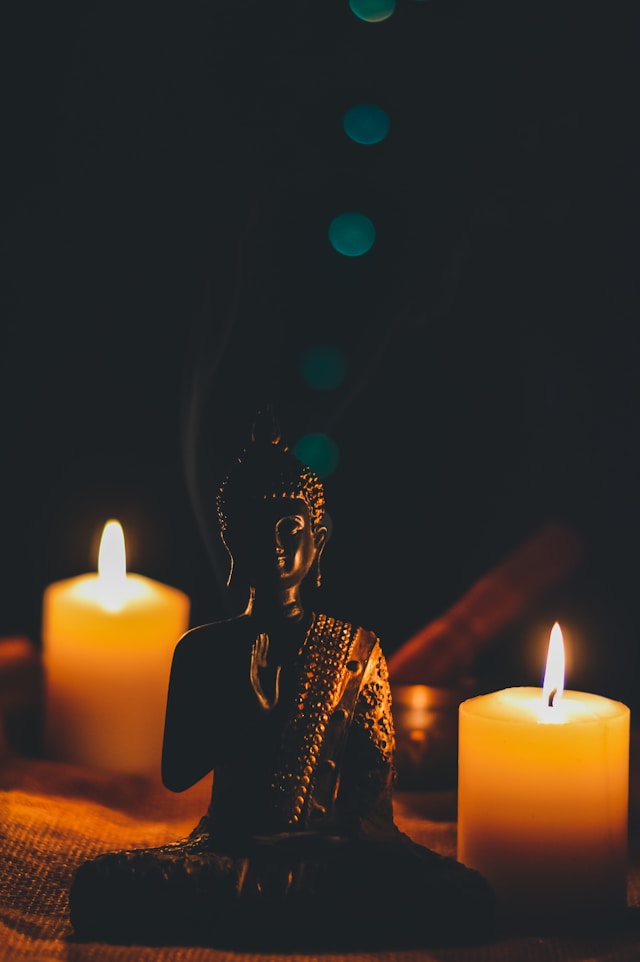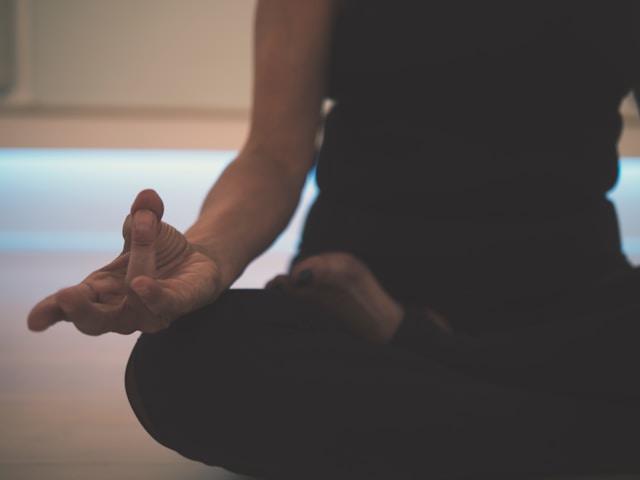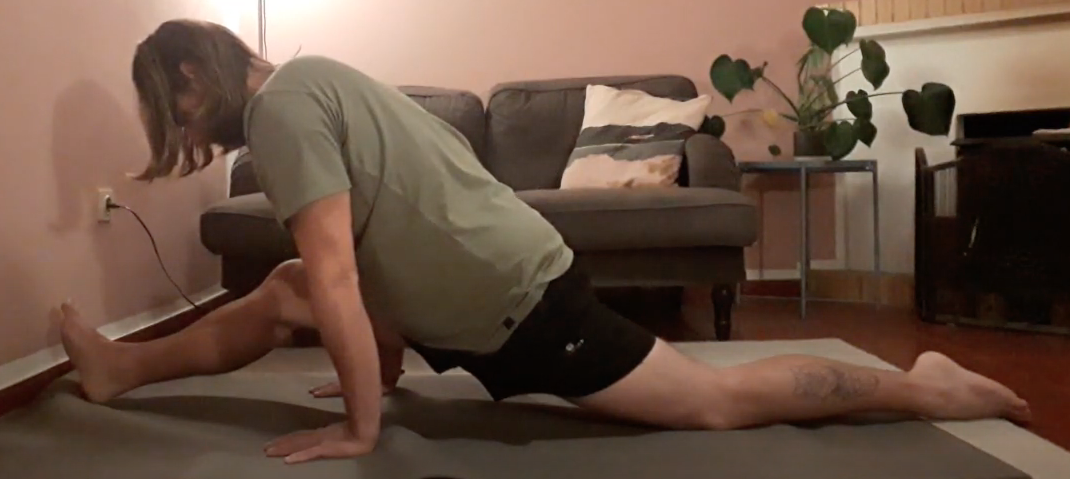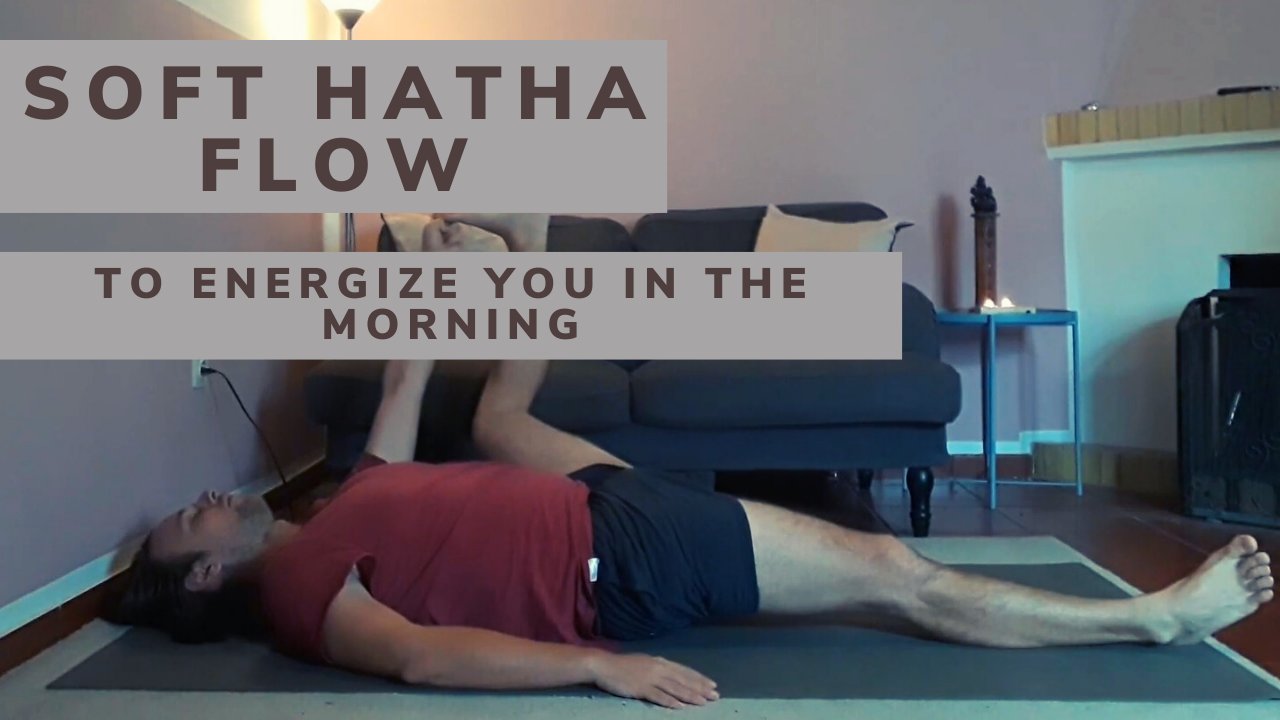If you’re not yet familiar with zazen meditation, you’re in for an eye-opening experience. Zazen isn’t just meditation; it’s a profound practice steeped in the history of Zen Buddhism. Dating back centuries, this method of seated meditation is more than a soothing escape from daily stress; it’s an approach to living deliberately and authentically.
At the heart of zazen is the quest for clarity and enlightenment. Derived from the Japanese words “za” (sitting) and “zen” (meditation), zazen is about finding stillness in both body and mind. It encourages practitioners to be fully present in the moment, building a foundation of mindful awareness that extends far beyond the meditation cushion.
You might be wondering, “What makes zazen so special compared to other forms of meditation?” Well, I’m going to get into that. But here’s a hint: zazen’s singularity doesn’t lie in complex philosophies or inaccessible techniques. Rather, it’s rooted in its simplicity and the profound sense of peace it brings.
Incorporating zazen into your life can offer immense benefits. It’s not only about managing stress or increasing focus. Zazen also fosters a deep, intrinsic understanding of the self and the world around us, promoting a sense of harmony and compassion. It isn’t exaggerating to say that for many, it becomes a transformative journey.
So, as we set the stage to delve into the practice of zazen, let’s carry with us an open heart and an eager mind to both definitions and processes. Remember, zazen understands everyone starts somewhere, and luckily, it meets us right where we are. Now, as we transition into a more practical approach, I’ll guide you through the initial steps to embrace the serenity zazen offers.
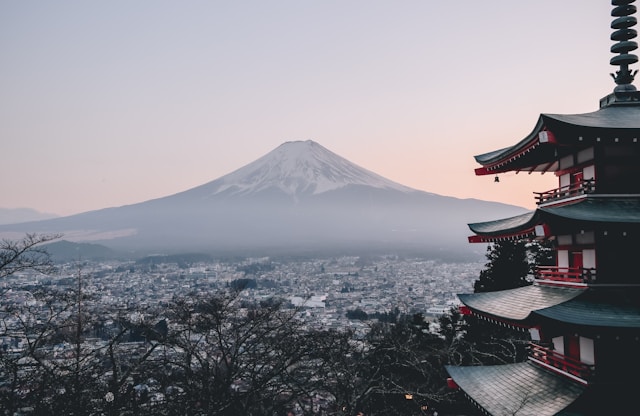
Decoding Zazen: An Introduction for Body and Mind
You’re probably wondering what exactly zazen is and why it could be a beneficial part of your life. Zazen meditation is often seen as a gateway to discovering inner peace. This isn’t just about sitting quietly; it’s about mastering the art of presence and experiencing life moment by moment.
In zazen, the path is as significant as the goal. Each breath and each moment of stillness is a step on the journey—there’s no rush to reach ‘enlightenment’ or a perfect state of tranquility.
At its core, zazen is built on two main pillars: mindfulness and heightened awareness. By bringing your attention to the present, you’re training your mind to observe thoughts without attachment and cultivate a sense of calm that extends beyond the meditation cushion.
Practicing zazen is also about developing patience and compassion, both for ourselves and others. As you spend time in silence, observing your breath and bodily sensations, you’ll likely notice a growing empathy for the human experience.
In today’s fast-paced world, zazen stands out by fitting seamlessly into modern mental health frameworks. Its emphasis on mindfulness has been recognized by psychologists and therapists as an effective tool for managing stress and anxiety.
If you’re intrigued by the potential of zazen to enhance your well-being, stick around. I’m about to guide you through preparing for and practicing zazen in your own space. It’s a practice that you can always adjust down the road, based on your personal experiences and insights.
The Zazen Practice: Harnessing Stillness in Motion
If you want to dive into the world of zazen meditation, there are a few things you need to get started. It’s not just about finding a quiet spot to sit; it’s about creating an environment that fosters serenity and focus. I’m going to walk you through setting up your space and time for zazen, ensuring that your practice becomes a tranquil anchor in your daily life.
Now, let’s talk about posture and breathing, which are the cornerstones of zazen. You’re going to find out just how critical your sitting position is—it’s about more than comfort; it’s a fundamental aspect of the practice that supports your mindfulness journey. I’ll also guide you on how to master the art of zazen breathing, which is designed to draw you deeper into a state of calm.
Once you’re settled, I’ll take you through a step-by-step breakdown of the zazen technique. This includes how to rest your hands, the angle of your eyes, and the subtle art of doing nothing. Yes, you heard that right. Zazen is as much about what you don’t do as what you do. And this is how it teaches you to be fully present.
I know you might be thinking, ‘What should I be contemplating during zazen?‘ Guess what? It’s not about filling your mind with specific thoughts. Zazen meditation encourages the release of all thoughts, allowing them to pass like clouds in the sky. I’ll explain how you can manage your expectations and what you might experience as you settle deeper into the practice.
Lastly, integrating zazen into your daily routine doesn’t have to be a challenge. I’ll share some tips that make it approachable and flexible. Choose something that resonates with you, be it a short session in the morning or a longer one as the day winds down. Remember, consistency is key, so you can always adjust your approach down the road.
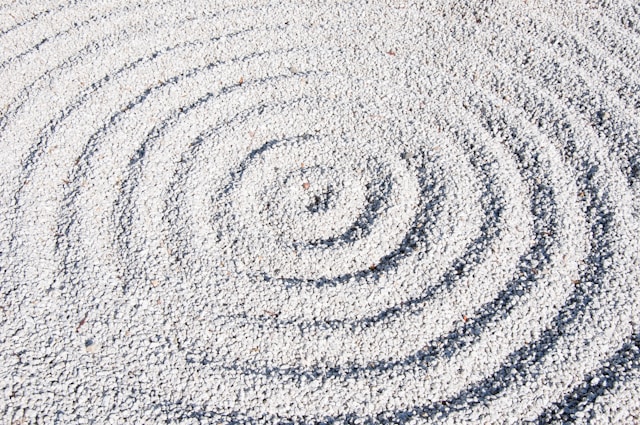
Zazen vs. Other Meditative Journeys: A Comparative Look
You’re going to find out about the vast galaxy of meditation practices available to us today. Each one offers its unique vibe, from the simplicity of zazen to the rich tapestries of guided visualizations.
Mindfulness is a term that’s often tossed around in conversations about meditation. Zazen certainly invites mindfulness, but the two carve distinct paths toward serenity—the former focusing on the breath and sensations, while zazen emphasizes the art of just sitting.
If you’ve tried various meditation methods, you know each serves a different purpose. Mantra-based practices can offer a resonant journey that zazen doesn’t. But here’s the deal – zazen is not about achieving a trance or an altered state; it’s about encountering the present moment in its fullness.
In a world teeming with tech, zazen stands as a testament to the power of unplugging. But don’t fret about tradition stifling innovation—the principles of zazen blend perfectly with mindfulness apps and online meditation forums.
So, what’s your take? Ponder the essence of each style and see what resonates with you. Zazen might be the key that fits your lock, or it might lead you to appreciate other forms even more. I really hope that your journey into meditation enriches your life in unforeseen ways.
Care to share your experience? Please feel free to leave a comment in the section down below!

